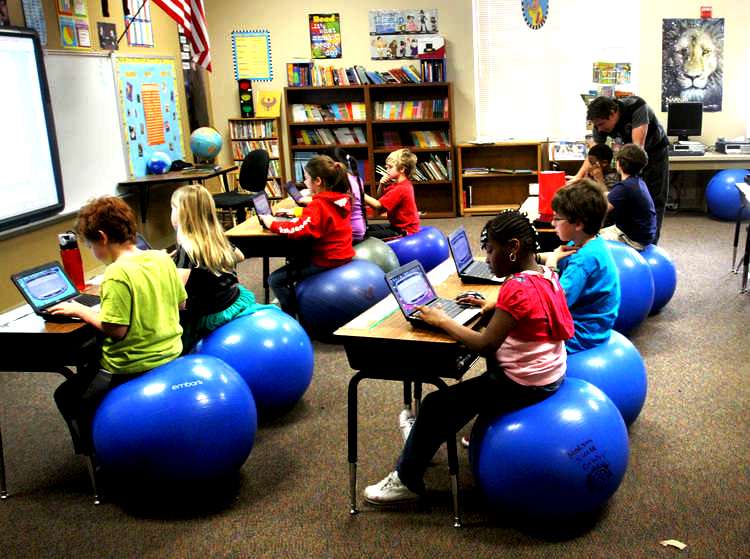iReady: Modernizing Small group Instruction
Are you ready for iReady?
By Lindsay Ackerman

I was in shock when I went out to dinner with my friends and their 2 year old (who only knows a few words) picked up the iPad turned it on and knew exactly what to do to get the show he wanted to watch! How is it that 2 year olds are able to work an iPad, iPhone and computer better than most adults I know? Today’s children according to IBM, are learning internet based instruction.Technology is taking over the world and there is going to be a lot more of it going on in the classroom.
Because of the growth of technology in our world, the past few years the school district has issued iReady as a mandatory instructional tool in the classroom part of the small group rotation. This program is an ELA and Mathematics individual instructional web based tool. The students take 3 diagnostics tests on the program throughout the year. This feedback is used to help teachers guide their small group and whole group instruction. During the diagnostic tests there are fun interactive brain breaks to help break up the test. “i-Ready Diagnostic adapts to each student, providing easier or harder questions depending on students’ answers to previous questions. By adapting across grades K–12, i-Ready Diagnostic helps teachers understand the root causes behind student challenges”(Curriculum Associates, llc, 2018).In addition, a teacher can add lessons to each students individualized curriculum to help reteach or enrich the students learning. “i-Ready Instruction is built from the ground up to be true to the details, rigor, and intent of the Common Core. In order to connect the latest research with practical application in the classroom, i‑Ready continues to evolve with guidance from expert advisors and a thorough research based”(Curriculum Associates, llc, 2018).There are also interactive lessons that have avatars that use humor and students interests to teach each lesson. For the teachers, there is a link called Teach Toolbox. This lets the teacher pull resources to use in small group or whole group settings to teach a lesson. “i-Ready Tools for Instruction are downloadable, best-practice Common Core lessons that relate directly to skills assessed in the Diagnostic providing targeted classroom instruction where students need it most. Tools for Instruction provide additional support for skills students may have worked on in the online lessons but have not yet fully mastered”(Curriculum Associates,LLC,2018). “Many educators say i-Ready activities are designed to be fun, with colorful graphics, realistic characters, games and rewards. They are crediting the program with helping their schools emerge from the state supervision imposed when students perform poorly on standardized exams”(Solomon, 2016).
There has been a debate between teachers, parents and administration whether iReady is worth the 45 min mandatory time per student. Some of the concerns are that it is adding more testing that the students don’t need, not enough computers for all students to get in their time, and that the program is very pricey. I feel that iReady is helpful in the classroom to reteach and enrich each student. iReady is different then a lot of online instructional tools as it can be set up for each students learning. The iReady diagnostic sets the students up to give them lessons on their level and as the develop new skills the program moves with them. As well as letting the teacher assign lessons that have to do with what they are learning in the classroom.
Solomon, L. K. (2016, November 10). New computer program pinpoints student needs but does it add to test overload? Retrieved from http://www.sun-sentinel.com/news/education/fl-iready-palm-beach-schools-20161112-story.html
Curriculum Associates. LLC. (2018). IReady. Retrieved from https://www.curriculumassociates.com/products/iready/diagnostic-instruction.aspx